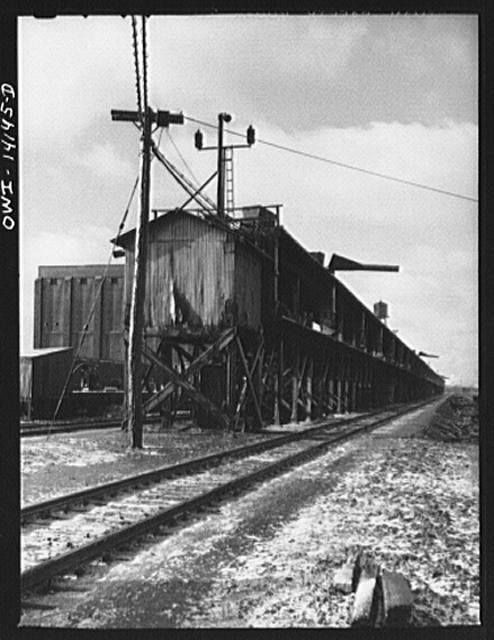The text window in their feedback window is only 360 x 125 pixels. That won't even hold 144 words. Regular readers, about 20, know that I don't think in terms of 144 words or less. I've been known to write introductions that are longer than that. I've had trouble keeping up with the information that I have been finding on Facebook before Google asked us to try the new software. This new software is putting me even further behind on my blog writing. So I've decided that, since Goggle has given me a bunch of lemons, I'm going to make some lemonade. In particular, I'm going to write some real life examples of software change. I'm not going to make a lot of my feedback public, but I am going to make at least my work analyzing the label menu issue public. It turns out, it is not a bug, it is a change that I can adapt to now that I understand what the needed adaptation is.
I discovered this problem when I tried looking for a post concerning the CB&Q. I could not find the label, rrCBaQ! So I'm going to start by using the old version to document the labels that I do have. Then I'll compare that to the labels offered in the new version.
In the new version the popup is the same dinky size no matter how tall the window is. According to a photo on the "better blogger experience" page, their design goal is to make it easier to use your phone. They seem to be so fixated on using a phone that they are ignoring how it behaves on a desktop. And the loss of the counts is NOT a "better experience." For example bridgeMovable having a count of 1 means that I haven't converted a post to one of the more specific movable types: lift, swing, bobtail, rolling, strauss, trunnion, rare. (I just fixed it.)
 |
| New Version |
I didn't find any labels missing from the first menu snapshot.
needsMap looks like another label that could be eliminated. I didn't find any labels missing for this screenshot either.
I thought rrBRC was missing, but then I found it between rrAmtrak and rrBaO. So they have switched from a case insensitive sort in the old version to a case sensitive sort in the new version. And uppercase letters are considered "smaller" than lowercase letters. That is why CREATE is now at the top.
Likewise, rrCBaQ, rrCGW and rrCSSaSB are not missing, they just moved from their old position to a position between rrBig4 and rrCaEI. Now that I understand there is a new rule for alphabetization, I'll quite studying the labels because they are not missing, and I now understand where to find them.








.jpg)













































